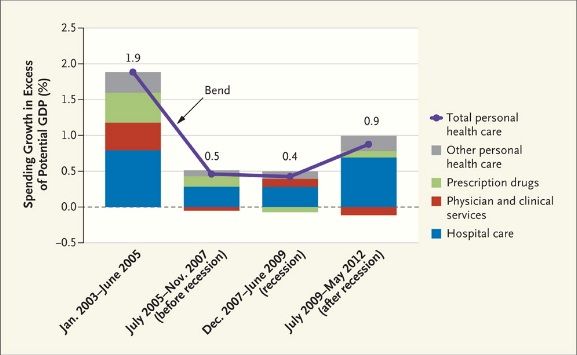- Revenue Cycle Management
- COVID-19
- Reimbursement
- Diabetes Awareness Month
- Risk Management
- Patient Retention
- Staffing
- Medical Economics® 100th Anniversary
- Coding and documentation
- Business of Endocrinology
- Telehealth
- Physicians Financial News
- Cybersecurity
- Cardiovascular Clinical Consult
- Locum Tenens, brought to you by LocumLife®
- Weight Management
- Business of Women's Health
- Practice Efficiency
- Finance and Wealth
- EHRs
- Remote Patient Monitoring
- Sponsored Webinars
- Medical Technology
- Billing and collections
- Acute Pain Management
- Exclusive Content
- Value-based Care
- Business of Pediatrics
- Concierge Medicine 2.0 by Castle Connolly Private Health Partners
- Practice Growth
- Concierge Medicine
- Business of Cardiology
- Implementing the Topcon Ocular Telehealth Platform
- Malpractice
- Influenza
- Sexual Health
- Chronic Conditions
- Technology
- Legal and Policy
- Money
- Opinion
- Vaccines
- Practice Management
- Patient Relations
- Careers
Health Spending will Stay Low
The low growth of health spending over the last few years isn't a result of the recession - the problem started even before that.
New England Journal of Medicine
It’s no secret that health care spending has been down, but it doesn’t look like that should improve any over the next few years, according to an article in the .
According to “When the Cost Curve Bent — Pre-Recession Moderation in Health Care Spending,” the low growth rate of U.S. health care spending isn’t a result of the recession. In fact, spending was low years before. Spending moderation began as early as July 2005, well before the recession, which began at the end of 2007.
Authors Charles Roehrig, PhD, Ani Turner, BA, Paul Hughes-Cromwick, MA, and George Miller PhD, used data from the Bureau of Economic Analysis and the National Health Expenditure Accounts to determine “excess” health care spending growth, which is the gap between the growth in such spending and that of full-employment gross domestic product.
“Our analysis shows that cost moderation predated the recession by about 2.5 years, so the bend in the curve cannot be attributed solely to the economy,” wrote the authors. “In fact, there was lower excess spending before the recession than after it…”

Average Growth of Personal Health Care Spending in Excess of Potential GDP, with Component Effects for Selected Periods.
“When the Cost Curve Bent
NEJM.
— Pre-Recession Moderation in Health Care Spending.”
Health Affairs
NEJM
A year ago, an article in estimated that health care spending in the U.S. would gradually grow from 2011 to 2013 and then grow even faster after major coverage expansions from the Affordable Care Act (ACA) take place in 2014. However, the article suggests that isn’t the case.
Excluding a one-time jump when ACA expands coverage, the study’s authors expect excess growth will remain significantly below 1% over the next few years, which would mean excess growth would stay even to its current level.
The authors admit that this research isn’t definitive and doesn’t separate cyclical factors, such as elevated unemployment rates, from structural factors, such as changing physician practice and employment patterns.
Read more:
The Value of U.S. Public Health Spending
Health Spending Stays Sluggish; Particularly for Physician Services
